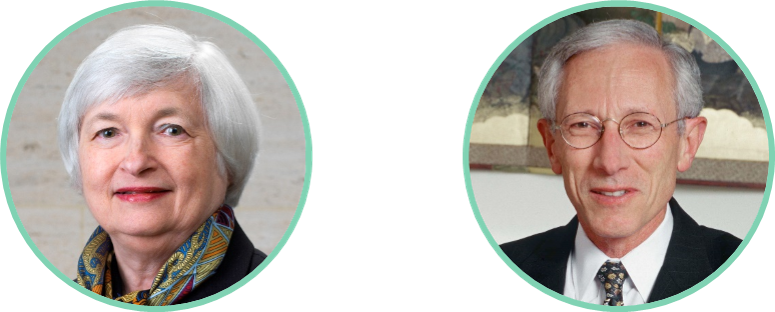Objectively, How Optimistic Were the Fed Speeches today?

Wall Street waited with bated breath for Federal Reserve Chair Janet Yellen’s speech at the Kansas City Fed’s annual economic symposium in Jackson Hole this morning.

While the official topic of the speech was “The Federal Reserve’s Monetary Policy Toolkit,” investors were hopeful that she would clarify the mixed messages the Fed’s been sending about its year-end plans for interest rates.
“The market is looking for some clarity on the path for rates over the medium-term, as opposed to meeting-to-meeting guesswork.”
Yellen didn’t make any promises, warning investors that, “Of course, our decisions always depend on the degree to which incoming data continues to confirm the Committee’s outlook,” but her overall message was that the outlook for an increase in short-term interest rates has increased in recent months, and that those rates could potentially rise as soon as September.
We wondered whether the language Yellen used in her address would match her optimistic outlook, so we used our proprietary communication analytics platform to analyze the language of Yellen’s speech, compared to more than 40 keynotes she’s given over the past six years.
Yellen’s August 26 Jackson Hole address was 25% more optimistic than previous years’ addresses

We measure optimism based on the degree of positivity the speaker expresses about the future, regardless of his or her view of the present situation. Happily, Yellen’s language indicated a positive perspective on both:
“Looking ahead, the FOMC expects moderate growth in real gross domestic product (GDP), additional strengthening in the labor market, and inflation rising to 2 percent over the next few years. Based on this economic outlook, the FOMC continues to anticipate that gradual increases in the federal funds rate will be appropriate over time to achieve and sustain employment and inflation near our statutory objectives. Indeed, in light of the continued solid performance of the labor market and our outlook for economic activity and inflation, I believe the case for an increase in the federal funds rate has strengthened in recent months.”
Interest rates aside, her perspective on the capacity of Federal Reserve’s updated monetary policy toolkit to protect the U.S. economy:
“My primary message today is that I expect monetary policy will continue to play a vital part in promoting a stable and healthy economy. New policy tools, which helped the Federal Reserve respond to the financial crisis and Great Recession, are likely to remain useful in dealing with future downturns. […] even if average interest rates remain lower than in the past, I believe that monetary policy will, under most conditions, be able to respond effectively.”
Though she tempers her optimism with the necessary reminders that economic predictions are contingent upon many factors — and so never as stable as we’d like them to be — Yellen’s positive outlook for the country’s current and future economic standing rippled through Wall Street, with markets rising significantly during and immediately after her address.
Nevertheless, Stanley Fischer’s address was 42% less optimistic than Yellen’s

Following Yellen’s message of optimism for the state of the economy, Federal Reserve Vice Chairman Stanley Fischer shifted the tone of the conference — and the direction of the market.

Fischer expressed the belief that inflation’s apparent stability is likely to be thrown off course by any of countless other economic factors, and that the Fed will be proactive in raising interest rates to slow inflation – very likely increasing those rates as soon as September.
“With inflation low, we can probably remove accommodation at a gradual pace. Yet, because monetary policy influences real activity with a substantial lag, we should not wait until inflation is back to 2 percent to begin tightening. Should we judge at some point in time that the economy is threatening to overheat, we will have to move appropriately rapidly to deal with that threat. The same is true should the economy unexpectedly weaken.”
Fischer took a more absolute, more cautionary tone than Yellen, and the market responded accordingly, dropping faster with his speech than it had climbed during Yellen’s.